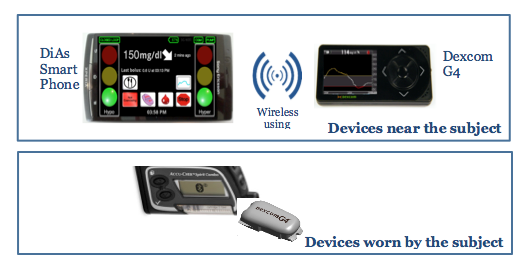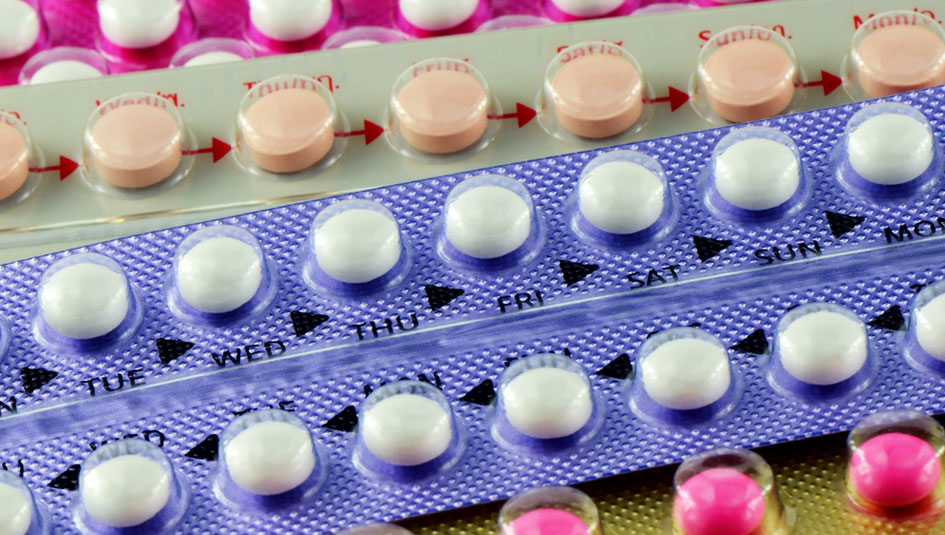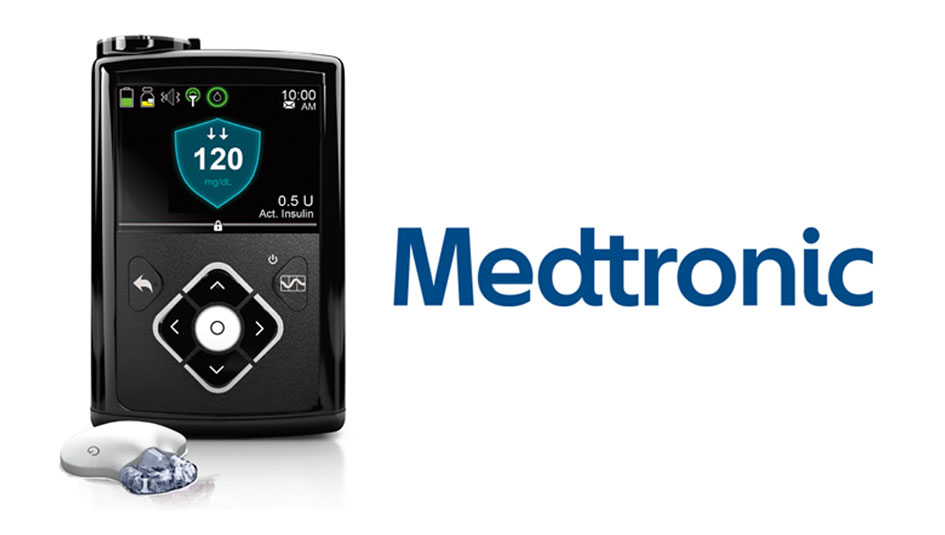Type 1 and Working on an Artificial Pancreas

Having T1D and working on the artificial pancreas is truly a once-in-a-lifetime experience. I work with a dedicated group at the Center for Diabetes Technology at the University of Virginia that does a fantastic job fostering innovation and momentum for the artificial pancreas project.
The idea behind our artificial pancreas is that it employs an algorithm to react to trends in blood sugar while keeping in mind how much insulin has been injected in the last few hours. When your glucose starts to drop, or if you have too much insulin on board, basal insulin delivery in our artificial pancreas can decrease or even stop to prevent a hypoglycemic event. If glucose is going up or there is not enough insulin already injected, it increases the basal rate or gives correction boluses. Here’s a picture of what a setup for our artificial pancreas can look like:

To do this, we convert a cell phone into a medical device. It’s wiped clean of being the smart phone that you know, and it acts as a small computer that can run complex math in the background to constantly battle to keep blood sugar within range. The smartphone gets data from a continuous glucose monitor (CGM) and runs an insulin pump to manage your blood sugars.
Is it a cure for diabetes? No. Is it a heck of a lot better and safer than doing it all that yourself? You bet. After all, you have to sleep and computers don’t need to take breaks. Data from trials of our overnight safety system showed that you can sleep through the night wearing our device and wake up with a great fasting number.
The artificial pancreas has many components to it, and it’s built like a smart phone in a modular way so it can multitask. Our device can run several “apps” at the same time: a safety system to prevent hypoglycemia; a system to prevent hyperglycemia; and a system to deliver meal boluses with an added safety feature to prevent after-meal hypoglycemia. All of these can run at the same time or they can run separately.
I know you’ve probably heard this one before. You might even have been promised this device when you were first diagnosed. I was too, and I’ve had Type 1 for 16 years now. However, now that FDA regulators have caught up with technology, there is a clearer path for medical devices such as the artificial pancreas to come to market. You won’t be able to ask Santa for one this year, but you will be able to see these advances on the market in the next 5 years. I know you want the whole enchilada here, and so do I, but progress is happening and it will make our lives much easier.
Thanks for reading this Insulin Nation article. Want more Type 1 news? Subscribe here.
Have Type 2 diabetes or know someone who does? Try Type 2 Nation, our sister publication.







